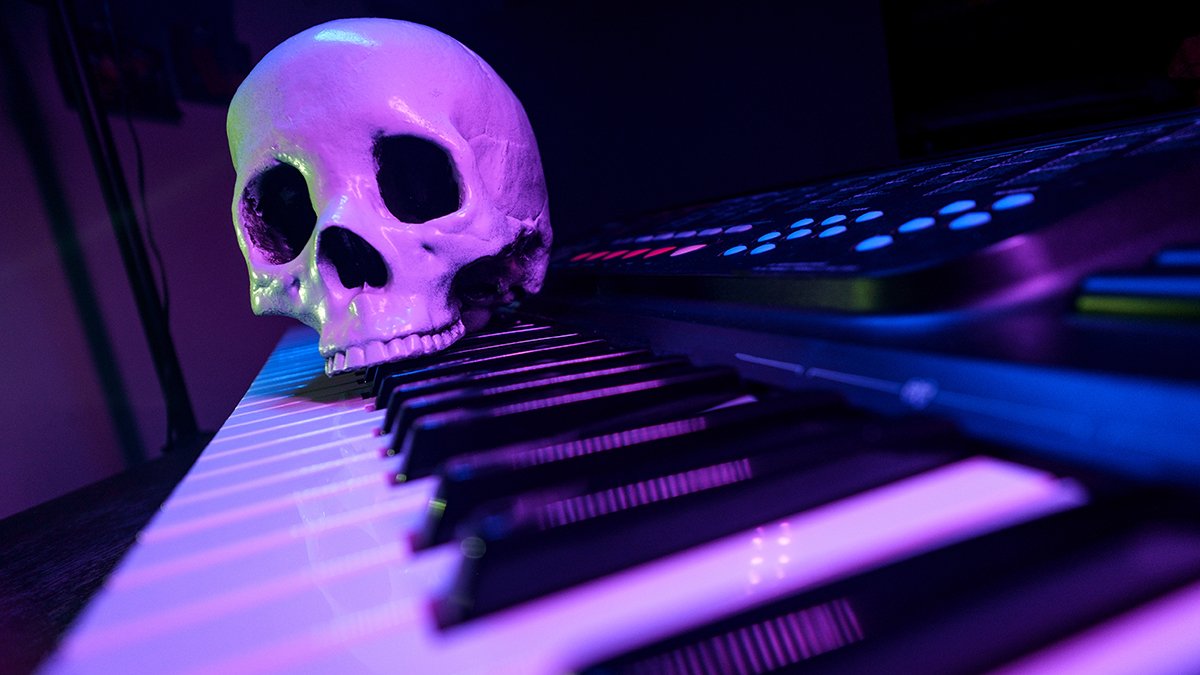Could this one soothing piano chord help prevent people from having nightmares?
Quite literally a ‘major’ breakthrough in sleep science

It’s officially a night for spookiness and scares, but if you’re unlucky enough to suffer from nightmares even when it isn’t Halloween, help could be at hand from a single calming piano chord.
The note cluster in question is ‘C69’ - that’s a C major triad (C,E,G) with the sixth and ninth notes (A and D) over the top of it. The chord’s healing properties have been revealed in research that was carried out at the University of Geneva, which suggests that learning to associate this chord with more positive nightmare outcomes and then hearing it during sleep could lessen the number of nightmares experienced by those who frequently have them.
The study looked at 36 nightmare sufferers, who were divided into two groups. Both groups were treated with what’s known as Imagery Rehearsal Therapy, which requires them to imagine alternative and more positive outcomes for their recurring nightmares for between five and ten minutes a day for two weeks. This treatment has been shown to be effective in previous studies.
However, one of the groups was also treated with the so-called Targeted Memory Reactivation (TMR) method, and this is where the piano chord comes in.
''We asked the patients to imagine positive alternative scenarios to their nightmares,” explains Sophie Schwartz, a full professor in the Department of Basic Neurosciences at the UNIGE Faculty of Medicine and the Swiss Center for Affective Sciences. “However, one of the two groups of patients did this exercise while a sound - a major piano chord [C69] - was played every ten seconds. The aim was for this sound to be associated with the imagined positive scenario.”
The TMR treatment continued when the patients who were receiving it were asleep, with the C69 chord being played every ten seconds through a headband each time the patient reached REM sleep.
“In this way, when the sound was then played again but now during sleep, it was more likely to reactivate a positive memory in dreams,'' says Schwartz.
Get the MusicRadar Newsletter
Want all the hottest music and gear news, reviews, deals, features and more, direct to your inbox? Sign up here.
After three weeks, participants in both groups were enjoying a decrease in nightmare frequency, but in the group that was given the TMR therapy, the results were even more pronounced. Members of the TMR group also had an increased number of positive dreams.
''While the results of the therapy coupling will need to be replicated before this method can be widely applied, there is every indication that it is a particularly effective new treatment for the nightmare disorder,” concludes Lampros Perogamvros, who led the research. “The next step for us will be to test this method on nightmares linked to post-traumatic stress.”
You can read a summary of the study on ScienceDaily.



I’m the Deputy Editor of MusicRadar, having worked on the site since its launch in 2007. I previously spent eight years working on our sister magazine, Computer Music. I’ve been playing the piano, gigging in bands and failing to finish tracks at home for more than 30 years, 24 of which I’ve also spent writing about music and the ever-changing technology used to make it.









